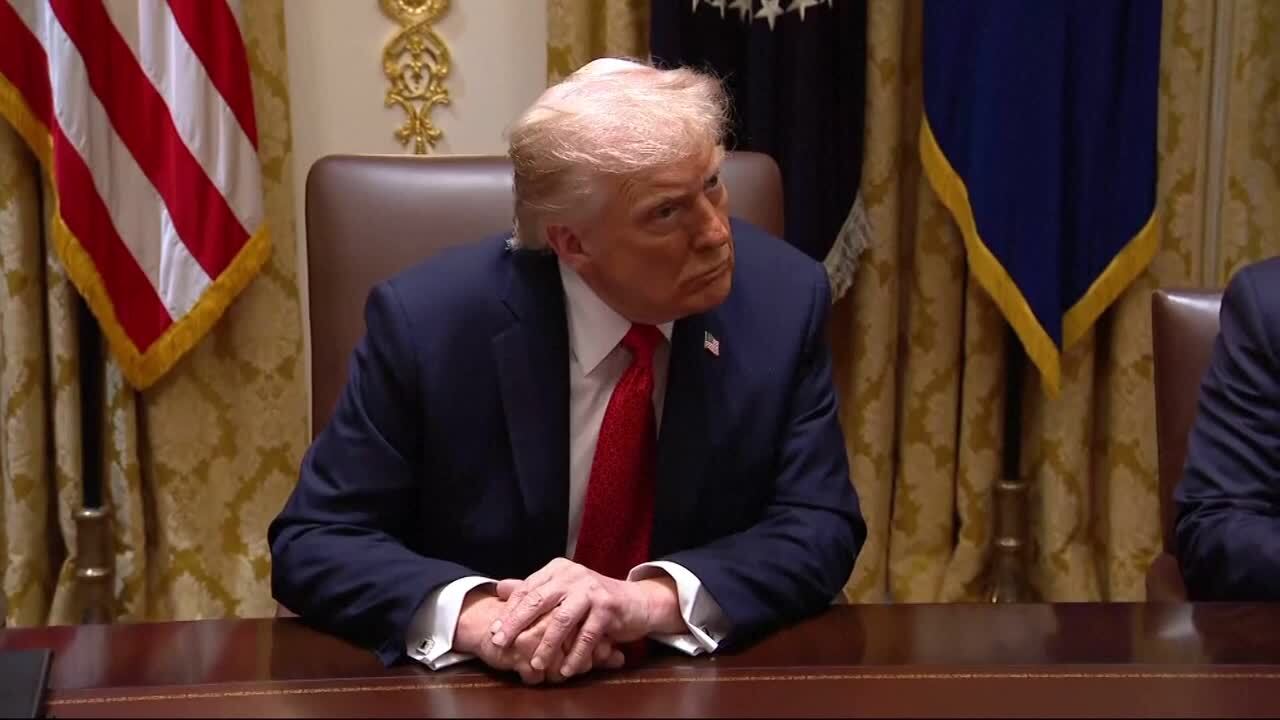The Army-Navy Game has been held (almost) annually since 1890, and so far the only things that could keep the two service academies from meeting on the gridiron was death of a cadet, a duel (that stopped the game between 1894 and 1898) and a world war (specifically, the first one; the Second World War didn't stop it).
Since then, none was more anticipated than the 63rd meeting in 1962.
In attendance was a president with a 70% approval rating, the Black Knights had hired a new coach with a proven defensive strategy, and a new starting quarterback named Roger Staubach had Navy fans fired up.
Every college football team's fan base is full of school spirit, there's no doubt about that. Intense rivalries make for some surprising and spirited jabs at the other school. But not everyone gets to dunk on their rivals to the world.

Today, the fans of both Army and Navy, along with their student bodies, concoct harebrained schemes to mess with the other team, from stealing goats to trolling their rivals on YouTube. It turns out your grandfather's (or great-grandfather's) Navy was no different.
The schools were set to meet in Philadelphia for the 63rd Army-Navy game, so the Navy took the opportunity to launch a ship the day before the big game to troll the Army a little. On Nov. 30, 1962, the Navy launched the Lafayette-class ballistic missile submarine, USS Henry Clay.

The Henry Clay was the only ship ever named for the former Kentucky senator and U.S. secretary of state. Clay never served in the military, but he was a big supporter of increased funding for both the Army and Navy, so it's possible he would have just wanted everyone to have a good time.
The problem with talking the talk is that you have to go out and walk the walk, and the 1962 Army-Navy Game was a big deal. In attendance was one of the most popular presidents ever to occupy the White House: John F. Kennedy.
Kennedy wasn't just the president of the United States, he was a World War II Navy hero who attended the game every time it was held while he was in office. His administration was still riding high from averting a nuclear war during the Cuban Missile Crisis the previous month. He was also a football fan, who watched the game closely -- with binoculars. They even presented him with a leather-bound program of the game with a special, personal inscription.
Kennedy's appearance wasn't the only draw. Navy coach Wayne Hardin had beaten Army for the past three years, but Army had a secret weapon. The Black Knights hired LSU's Paul Dietzel away from Louisiana. Dietzel split his defense into three "platoons" of 11 men each, which he would swap out en masse.
The strategy worked like a charm at LSU. Dietzel took a low-ranked Tigers team and led them to a 35-7-1 record over four seasons. The backup platoon, called the "Chinese Bandits" (a racist nickname taken from a comic strip), was the most fearsome of the three, known throughout college football for its tenacity. Dietzel brought his platoons to West Point.
But Hardin was unfazed. Although Army and Navy officially began wearing special uniforms for the game in 2008, the 1962 game was likely the first time Navy sported special togs: Hardin ordered Navy helmets that featured "Beat Army" written in Chinese, then added a skull and crossbones patch on the front.
He also had his new starting quarterback that season, the phenom Staubach. Despite being only a sophomore and having played only since the season's fourth week, Staubach decimated Army and its new defense, leading Navy to a 34-14 victory with four touchdowns, two of them he ran in himself.
Kennedy was assassinated before the 1963 Army-Navy Game, but Staubach would receive the Heisman Trophy after his performance that year.
Given all the buildup around it and the emotional turmoil of the year that followed, some say the 1962 Army-Navy Game was the peak of the game's rivalry and traditions.
-- Blake Stilwell can be reached at blake.stilwell@military.com. He can also be found on Twitter @blakestilwell or on Facebook.
Want to Learn More About Military Life?
Whether you're thinking of joining the military, looking for post-military careers or keeping up with military life and benefits, Military.com has you covered. Subscribe to Military.com to have military news, updates and resources delivered directly to your inbox.










